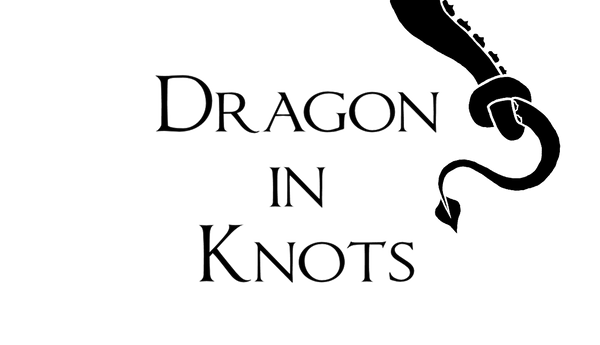Textiles tell tales
Throughout history, textile-making and storytelling have been intertwined. For centuries, people of all cultures, typically women, have told tales – sometimes imaginative, sometimes gossip, sometimes imaginative gossip – whilst weaving, sewing, embroidering, crocheting, knitting, quilting, etc. Textiles, in turn, tell their own tales. The Bayeux tapestry, which is in fact embroidery, tells the tale of the victory of William over Harold and the rise of a new regime in England. Less obviously, it depicts the death of the Old English language. At that moment, it becomes clear that there is no going back and that English will never be the same. In literature and mythology, there are many instances of the power of textiles: Penelope who unravels her weaving in secret to maintain her fidelity towards her long-absent husband and to ward off undesirable suitors, Philomela who uses a tapestry to say what she cannot, Frêne who inadvertently reveals her identity and wins back her lover by virtue of a unique piece of blood red silk…
The advent of mass-production has diluted this power and ruptured the link between storytelling and textile-making. Textiles are produced by the thousands by people who have no say in their design and whose names and stories we will never know. These products come to us mute. “I bought it at the mall” is not much of a story to tell. It is through handmade and vintage that we can rebuild that link. Handmade items come to us, telling of hours of labor and years of experience, perhaps even of skills passed from generation to generation; vintage items, of the various hands they have passed through. A handmade dress may speak of its maker who always dreamed of being a fashion designer. An antique book may talk about being a Christmas present to someone named Alexander in the year 1900.
Thus, I offer you pouches and book weights and other treasures made by someone who grew up wearing clothing and using blankets and other textiles that were sewn, crocheted, woven or embroidered by generations before; who learned these skills from those previous generations; and who now lives and creates in a little green room with a big brown chair lit by a black streetlamp, bins full of yarn and fabric, hundreds of books (including a facsimile of the Bayeux Tapestry and a copy of L’Aiglon that was gifted to Mr. or Ms. Alexander in 1900), one small hamster who is fond of blueberries and chicken, and a window that looks out on a tiny garden with overgrown rose bushes that rival the murderous, man-eating thorn hedge in Sleeping Beauty. I have a fondness for fairy tales, the superfluous use of ribbon, and items that attract the eyes or delight the fingers.

